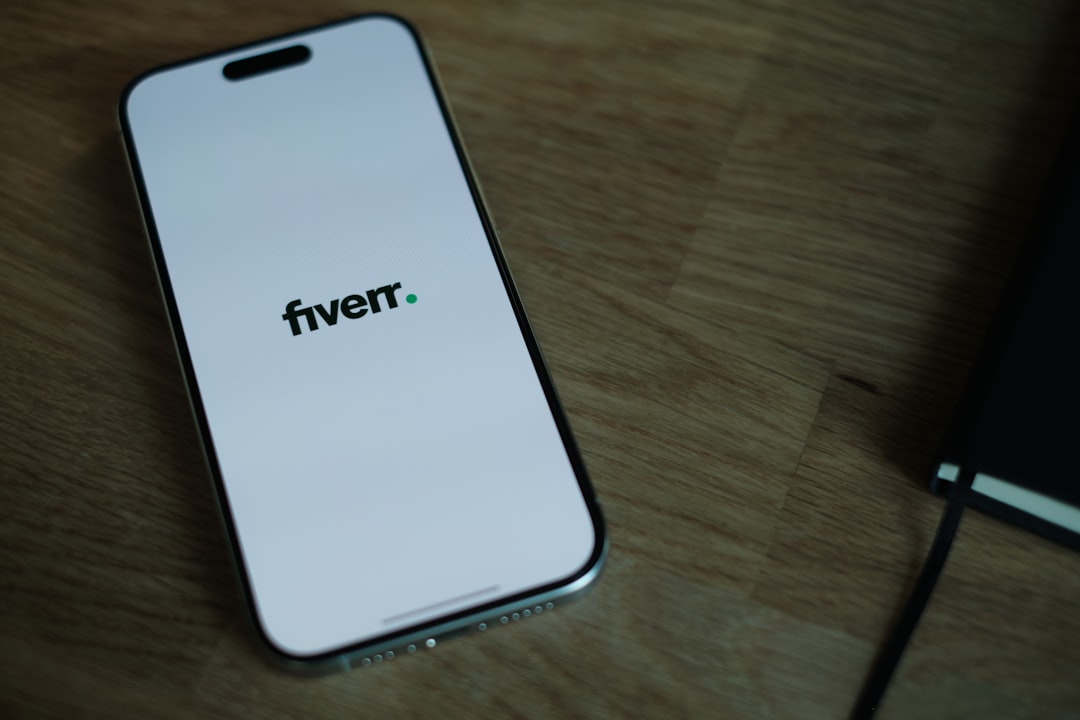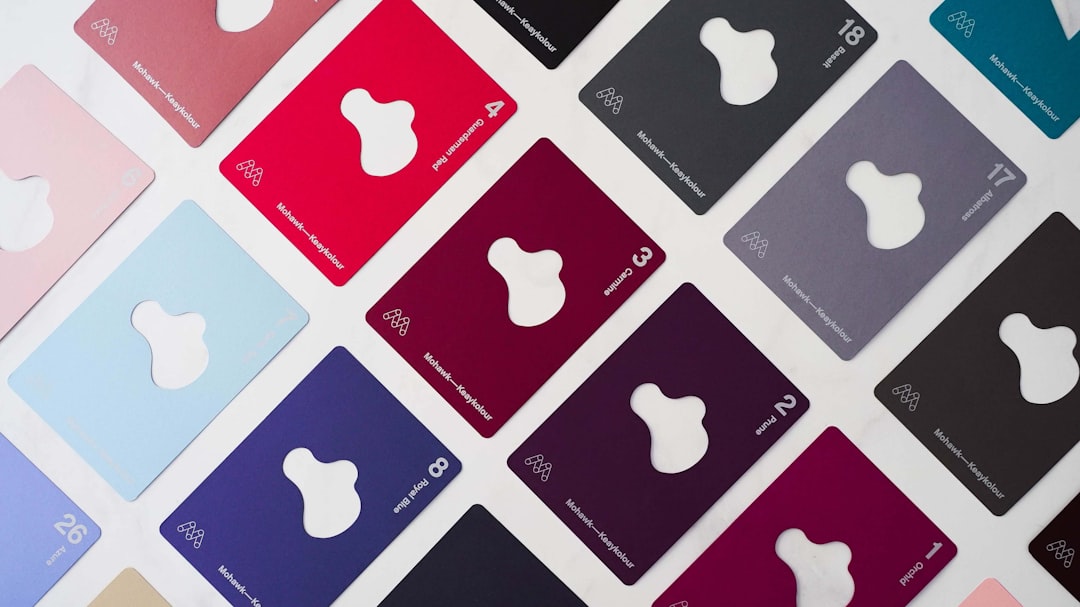How large language models (LLMs) are revolutionizing the design process
How AI models such as GPT and Large Language Models (LLMs) support and revolutionize the design process. Efficient, creative and pioneering.

Introduction to Large Language Models (LLMs):
What are they and how do they work? Large language models (LLMs) are an advanced class of artificial intelligence systems that are trained to understand and generate natural language. They are based on deep neural networks, in particular transformer architectures, which are able to learn context from large amounts of text to generate coherent and relevant answers. By training on extensive data sets that cover a wide range of topics, LLMs can understand and replicate different language styles and nuances.
We use LLMs to solve complex linguistic tasks, including:
- Text generation and addition: LLMs can write human-sounding texts on all sorts of topics.
- Translation and language translation: You speak numerous languages and assist with multilingual communication.
- text analysis: This includes sentiment analysis, response classification, and topic extraction.
- programming: Some models can even write and debug source code.
LLMs use a method called Self-Attention to identify relationships between words or parts of sentences. This makes it possible to understand the context of a word accurately, even in long and complex texts. We also have tools such as pre-training and fine-tuning phases to prepare the models for general or specific tasks. One of the most notable features of LLMs is their ability to adapt. Through few-shot, one-shot, or zero-shot learning, they adapt to new tasks with minimal data. However, their performance is closely linked to the quality and diversity of training data, which can both strengthen and limit their capabilities. As these models are constantly evolving, we are constantly expanding their applications, creating new potential for creative and technical processes.
The role of artificial intelligence in the modern design process
The role of artificial intelligence (AI) in the design process has expanded significantly in recent years. We are experiencing a transformation in which AI not only provides tools, but also actively contributes to enriching and optimizing creative processes. This interactive technology has the potential to simplify both complex and repetitive tasks, giving designers more room to innovate.
One of the outstanding strengths of AI lies in its ability to analyze immense amounts of data and derive patterns or trends from it, which in turn serve to inspire new design ideas. For example, we can use AI-based algorithms to understand the preferences of target groups in different markets and use them to create tailor-made designs. This increases the relevance of the designs and at the same time speeds up the conception phase.
In addition, AI enables the use of generative design approaches, in which the technology automatically creates multiple design variants based on predefined parameters. Tools such as neural networks or machine learning models manage to develop designs that meet both functional and aesthetic requirements. These automated processes allow us to work more efficiently and overcome challenges in design projects more quickly.
AI can also take on repetitive tasks such as color corrections, image enhancements, or creating layouts, which allows us to focus on creative and strategic aspects. In addition, AI technologies, such as language models or visual recognition systems, open up new opportunities for interactive and barrier-free designs.
With AI-driven tools, we integrate precision, speed, and intelligence, improving the quality and effectiveness of design solutions.
LLMs as creative partners: inspiration and brainstorming
Large language models (LLMs) offer an unprecedented opportunity to enrich creative processes. We can use LLMs as innovative partners who inspire creative lines of thought and help us come up with ideas. Based on extensive data, these models are able to generate new perspectives and concepts that can help us with design challenges.
Working with LLMs allows us to explore a variety of approaches:
- Brainstorming Assistants: We can use LLMs as a tool to develop new ideas. You can make suggestions that make us aware of alternative ways of thinking.
- Overcoming creative blockages: Creative blockages are often an obstacle in the design process. With the help of LLMs, we can be inspired and find innovative starting points when we run out of ideas ourselves.
- Topic-specific inspiration: LLMs are particularly effective when we are in a specific industry or creative category and need tailor-made suggestions.
The strength of LLMs also lies in their ability to understand context. We can make precise requests that enable models to generate content that is a perfect fit for specific projects. For example, a designer who works with brand aesthetics may receive suggestions from an LLM that include various color palettes, patterns, or slogans.
In addition, the use of LLMs gives us the opportunity to refine your answers through interaction. Through iterative inputs, results can be developed that can lead from purely generic approaches to personalized and innovative solutions.
The integration of the generative capacities of LLMs into the creative process therefore represents a synergy through which we can think beyond purely human working methods and question the familiar.
Personalizing design ideas through LLMs
The personalization of design ideas is one of the areas in which large language models (LLMs) reach their full potential. We can use LLMs to make design processes more individual and efficient, which is an important step in revolutionizing traditional approaches. These models enable us to take user-specific preferences and requirements into account in real time, making the end result not only more creative but also more functional.
With their ability to analyze large amounts of data and generate suggestions based on this, LLMs deliver individualized results within seconds. For example, we can provide an LLM with specific details about colors, styles, or aesthetic preferences, which they then use to personalize design ideas. The process is not only accelerated, but also significantly expanded — a creative diversity that complements human input rather than replaces it.
LLMs can also serve as a means of communication to better connect designers and customers. We often face the challenge that customers are unable to clearly formulate their ideas. An LLM can present suggestions in understandable language that facilitate creative exchange.
Another advantage is the ability of the models to continuously learn new things. You can learn from user feedback so that we get ever more accurate and relevant results through repeated interactions. In addition, the integration of cultural and regional contexts through LLMs offers a dimension of globalization, which is a decisive advantage in international projects.
In summary, LLMs give us unparalleled flexibility and speed while personalizing design ideas to meet each user's specific needs.
More efficient prototyping using LLMs
The introduction of large language models (LLMs) has opened up numerous opportunities to optimize prototyping in design processes. We benefit from the ability of these models to generate innovative ideas in the shortest possible time and thus significantly shorten design cycles. Instead of time-consuming manual searches for inspiration and design solutions, with LLMs, we can develop a variety of concepts in a matter of seconds. Using natural input terms or specific design requirements, these models provide suggestions that can take into account both visual and functional aspects. This enables us to compare alternatives and make well-founded decisions early on in the design process. Another advantage of LLMs is their ability to create texts and explanations for prototypes. We can have technical descriptions, user guides, or product stories designed that provide consistent language and compelling reasoning. This eliminates the majority of routine tasks for us, which frees up resources for creative design. Within collaborative teams, LLMs also promote efficiency through rapid adjustments. Last-minute changes or new customer requirements can be integrated into existing work in real time without affecting the entire workflow. This gives us the flexibility to respond more quickly to dynamic project requirements. Finally, pre-trained LLMs facilitate access to comprehensive knowledge and best practices. By retrieving relevant information from extensive training data sets, our design process remains both current and innovative and adapts to the highest market standards.
Automated content generation for design projects
Automated content generation has undergone significant change through the use of large language models (LLMs). We can use these advanced AI models to create texts, slogans, product descriptions, and instructions that are both creative and accurate. These capabilities open up new opportunities to make the design process more efficient and innovative.
With LLMs, we are able to generate large amounts of content faster while remaining of high quality. Features such as context-dependent text creation make it possible to create personalized content that is precisely tailored to the target group and the specific communication channel. For example, AI makes it easier to create social media content or brand messages that often only have a few seconds to attract a user's attention.
A big advantage is that we can give different design projects more consistency. Through predefined style guidelines that an LLM can process, we ensure that all generated content is consistent with the brand identity. At the same time, LLMs help us automate repetitive tasks, leaving more time for strategic and creative work.
Benefits of automated content generation in the design process:
- Time savings: Create content faster while increasing efficiency.
- Creativity: Support in brainstorming and content creation through access to a broad knowledge base.
- Consistency: Uniform language design across all platforms.
- Flexibility: Customize and personalize content in real time.
By integrating AI into automated content production, we maximize resources and can respond faster to market demands. LLMs thus offer the opportunity not only to simplify design projects, but also to significantly enrich them.
Improved collaboration through AI-powered communication
The integration of large language models (LLMs) into the design process enables us to sustainably improve collaboration within teams. Their ability to deliver contextual information quickly and accurately is revolutionizing the way we communicate and share ideas. Through AI-supported communication, we can respond to each other faster and more efficiently and minimize misunderstandings.
With the help of LLMs, we can experience the following benefits in teamwork:
- Easier exchange of ideas: LLMs help to formulate complex ideas more clearly by generating concise and understandable texts. This promotes better understanding between team members.
- Automated translations: Multilingual LLMs allow us to communicate in multiple languages, making it easier for international teams to work together.
- Improved documentation: LLMs help us create protocols, reports, or task lists faster. Through consistent and well-structured documentation, we avoid unnecessary loss of information.
- Real time support: In meetings or discussions, LLMs can act as assistants by providing relevant information, preparing feedback, or providing summaries.
Another crucial aspect is promoting inclusive communication. LLMs help make discussion content more accessible to all participants, regardless of their background or expertise. This allows us to ensure that every voice in the team is heard.
However, it is important to know the limits of LLMs. They are not intended to replace human creativity or decision-making skills, but rather serve as tools to increase the quality and efficiency of collaboration. Through conscious and structured use, we can optimally exploit our potential.
The limits and challenges of using LLMs in design
Although Large Language Models (LLMs) enable impressive advancements in the design process, we face a number of challenges and limits that can limit their use. One major problem is the dependence of such models on training data, which is not always up-to-date or complete. If specific information is missing or if the data contains prejudices, the results generated may be unreliable or distorted.
Another barrier is the lack of ability of LLMs to fully understand complex design contexts. While they implement patterns and simple guidelines well, they lack the deep, situational understanding that is necessary for demanding and creative design tasks. This can make results appear generic or irrelevant, particularly for projects that require original or culturally specific approaches.
Collaboration between designers and AI also poses challenges. Interacting with an LLM requires precise inputs and clear goal definitions. We run into limits here, because not every designer has the technical skills to structure optimal input requests.
In addition, verifying the generated content is time-consuming. Designers must manually validate suggestions to ensure that they are optimal and error-free. This means that LLMs can rarely work without human supervision.
Last but not least, there are legal and ethical concerns. These include copyright issues, as LLMs may use copyrighted works, as well as potential privacy issues with project-specific designs. Here, we need clear regulations and operational guidelines that minimize these risks.
Ethical considerations when integrating LLMs into creative processes
The integration of large language models (LLMs) into creative processes involves numerous ethical issues that we must consider carefully. This is not only about the effects on the way designers work, but also about social, cultural and moral implications. First of all, there is the question of authorship. Who is the originator of a design or content created using an LLM? Is it the designer who uses the model or the model itself? In many cases, the results of LLMs are based on pre-trained data extracted from existing works. This raises questions about the recognition and compensation of original authors and artists. Transparency when using LLMs is another key point. How open should we be with customers or end users about using AI? The idea that designs or content were generated by an algorithm could affect trust, especially if this is not clearly communicated. Another aspect concerns the distortions and prejudices that can exist in the models. Because LLMs are trained on existing data, they can subconsciously reinforce existing stereotypes or inequalities. We must therefore ensure that these technologies are developed and used in a responsible and equitable way. Ultimately, we are also faced with the question of what influence the automation of creative processes has on the labor market. While LLMs can make us more efficient, there is a risk that traditional creative professions will be displaced. This requires a rethink, both at company level and in society, in order to offer new roles and continuing education that are in line with development. By addressing these ethical issues in a targeted manner, we can promote the responsible and sustainable use of LLMs in the creative sector.
Future developments and potential of LLMs in design
The continuous development of large language models (LLMs) opens up numerous opportunities to make a lasting impact on the design industry. We expect the next generation of models to be significantly more powerful in terms of their creative, analytical, and interactive capabilities.
Advances in context processing would enable future LLMs to better tailor designs to specific target groups or brand identities. This would enable greater personalization, even for complex projects. In addition, we are likely to see greater integration of multimodal models that can combine text, image, and audio. In the future, designers could work seamlessly between different media and communicate their requirements more intuitively.
Another exciting potential lies in automating routine design tasks. LLMs could automatically generate layout suggestions, optimize color palettes, or create text elements for graphic designs. This would give us more time for strategic and creative considerations.
Collaboration between teams could also be revolutionized. With improved language translation and real-time feedback, global design teams could collaborate more efficiently. This offers companies the opportunity to better integrate cultural diversity into their projects without running into language barriers.
The aspect of sustainable design should not be forgotten. With the help of LLMs, we could identify more environmentally friendly materials or resource-saving production processes in a more targeted manner. There is enormous potential here to better address environmental challenges and develop innovative solutions.
The limits of these technologies are likely to be increasingly determined by ethical issues. Aspects such as copyrights, distortions in models and transparency of algorithms are critical challenges that must be addressed clearly in order to maintain trust in AI-based design processes.
Conclusion: How LLMs could make a lasting impact on the creative sector
In an industry that thrives on innovation and ideas as the creative sector, large language models (LLMs) open up a wealth of new opportunities. We can use these models to speed up creative processes, improve the quality of results, and implement previously unachievable approaches.
Increasing efficiency is a key factor. By using LLMs, repetitive or time-consuming tasks, such as creating drafts, generating teasers or suggesting design elements, can be automated. This gives us the opportunity to spend more time and resources developing original ideas. In addition, LLMs enable us to better respond to different target groups and cultures, as these models are able to take precise language-specific or cultural nuances into account.
LLMs could also make a significant contribution to improving communication when working with customers. Both in generating ideas and in the feedback process, we could respond more quickly to individual wishes thanks to the adaptive text suggestions of these models. Your ability to create contextual texts is ideal for presenting visions and concepts more clearly and convincingly.
In addition, as technology advances, important ethical aspects could be considered. We should be aware that the use of LLMs requires transparency and responsible use. This could not only create innovative designs, but also generate authentic, brand-compliant messages that reflect a company's values.
The options seem varied. But as professionals in the creative industries, we need to find the right way to effectively integrate LLMs into our work so that this technology actually has a long-term positive impact.





